Warm Light vs Cool Light: Understanding Light Temperature in Photography and Cinema
Let's talk about warm light vs cool light from the perspective of a professional photographer. I'm Jeff Fried, a pro photographer and video strategist with over a decade and a half of professional photography experience. Lighting isn't just about brightening up your photos and films—it's about setting a mood, telling a story, and creating magic. Among the spectrum of lighting wonders, warm and cool lighting stand out like the sun and the moon in the sky of photography and cinema. Today, we'll unravel the mystery behind these lighting temperatures and how they paint our visuals with emotions. Ready to ride the waves of warm and cool lighting? Let’s dive in!
Are you looking for a tutorial on Hard Light vs Soft Light - check this article and learn more!
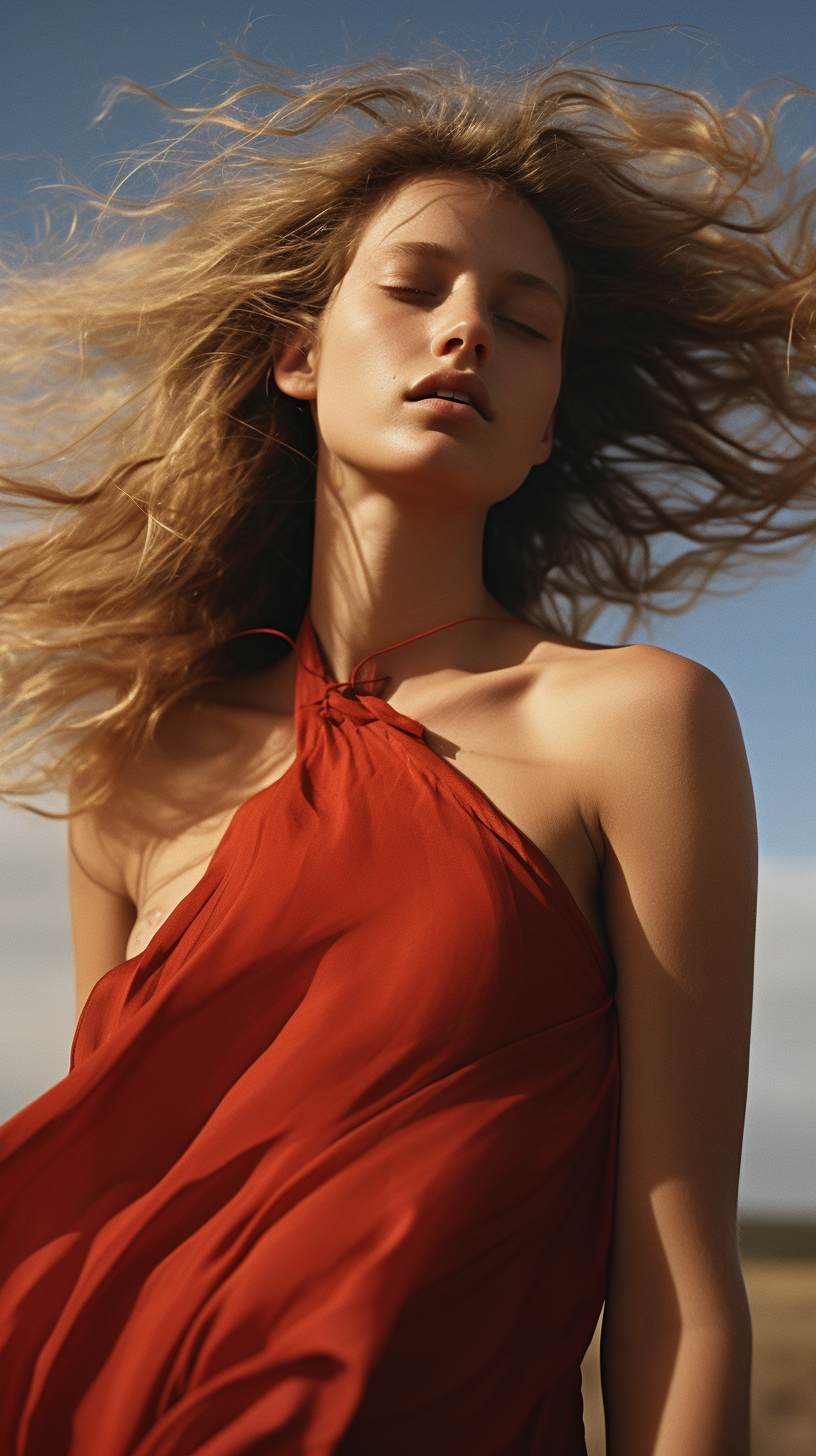
An example of warm light in photography
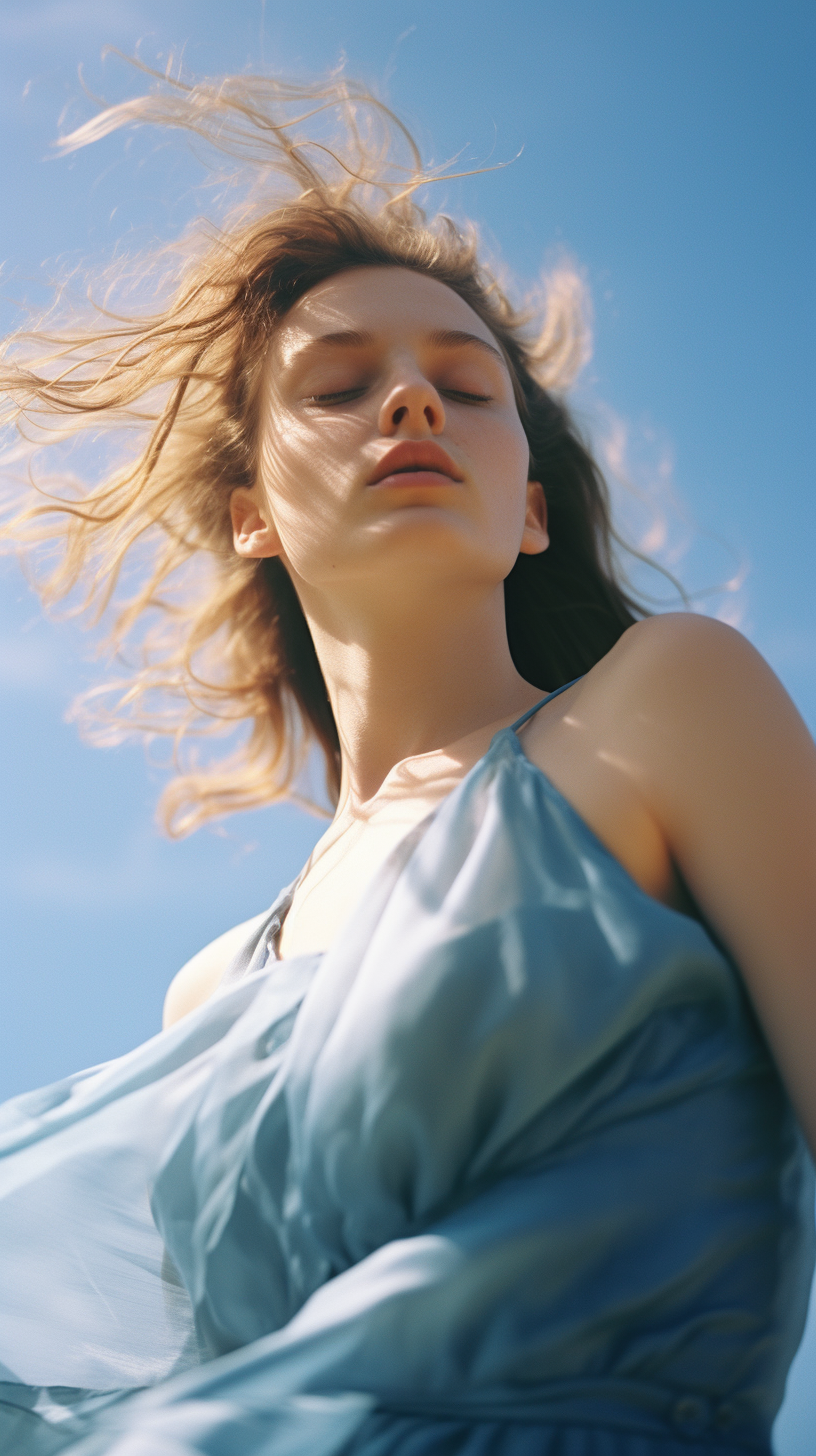
An example of cool light in outdoor photography
Warm and Cool Colors
In the context of photography, the concepts of warm and cool colors extend into the realm of lighting, significantly impacting the mood and feel of a photograph. When we discuss warm light and cool light in photography, we're essentially exploring how these color temperatures influence the visual storytelling of an image.
Warm light, characterized by its reds, oranges, and yellows, is often used to evoke a sense of warmth, comfort, and intimacy in photographs. Just as warm colors can create feelings of coziness or energy in art and design, warm lighting in photography can enhance the emotional impact of an image. It's particularly effective in portrait photography, where the aim is to create a connection with the viewer, or in landscapes where the goal is to convey the heat of a setting sun.
Conversely, cool light, with its blues, greens, and purples, brings a calming and soothing effect to photographs. It's akin to the role of cool colors in design, where they create a sense of tranquility and spaciousness. In photography, cool lighting can be used to convey a sense of calmness, serenity, or even detachment. This type of lighting is often seen in architectural photography or scenes depicting water or night skies, where the objective is to create a feeling of openness and peace.
In summary, the temperature of light in photography – whether warm or cool – plays a crucial role in setting the tone and mood of the image, much like the use of warm and cool colors in art and design. By understanding and harnessing these qualities, photographers can more effectively convey their intended message and evoke specific emotions in their audience.
Warm Colors:
- Red
- Orange
- Yellow
- Vermilion (a blend of red and orange)
- Amber (a darker shade of yellow)
- Gold
- Scarlet (a bright red)
- Peach (a lighter, softer orange)
- Rust (a reddish-brown, akin to orange)
- Sienna (a dark orange-brown)
Cool Colors:
- Blue
- Green
- Purple
- Teal (a mix of blue and green)
- Turquoise (a greenish-blue)
- Aquamarine (a lighter shade of blue-green)
- Indigo (a deep blue with violet tones)
- Mint (a very light, pale green)
- Lavender (a light purple)
- Periwinkle (a mix of blue and purple)

This image showcases an interaction of warm colors, with a blend of reds, oranges, and yellows. The composition includes dynamic shapes and textures, conveying a sense of warmth and energy.
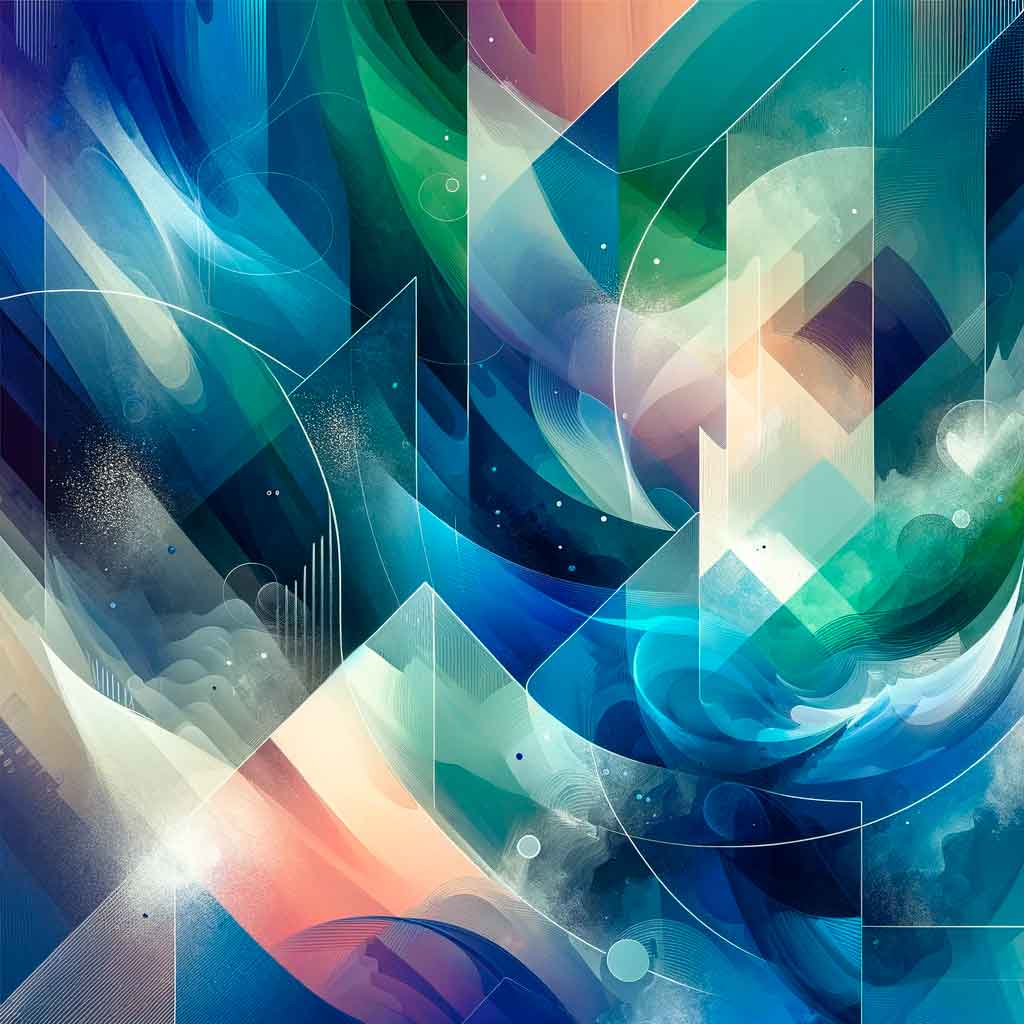
Here's a demonstration of the an interaction of cool colors, featuring a blend of blues, greens, and purples. The dynamic shapes and textures in the image convey a sense of calmness and tranquility.
Warm Lighting: Embracing the Warmth
Warm lighting is like a cozy hug to your visuals, wrapping them in a soft, golden embrace that feels comforting and inviting.
- Warm Lighting Photography: Warm lighting showers your pictures and films with shades of yellow, orange, and red, making them feel friendly, cozy, or romantic. It’s like capturing the essence of a snug fireplace or a golden sunset in your frames.
- How to Get Your Photography Lighting More Warm: To invite warmth into your shots, aim to shoot during the golden hour—when the sun casts a soft, golden glow. You can also play with your camera’s white balance settings, nudging them towards the warmer side. Another trick is to use Color Temperature Orange (CTO) gels on your lights, which add a warm tint to your scenes.
Cool Lighting: The Cool, Calming Whisper
Cool lighting swings to the other side, splashing your visuals with a calm, refreshing, or sometimes eerie vibe, like a whisper of mystery in the air.
- Cool Lighting Photography: With cool lighting, your photos and films will dance in shades of blue and green, creating a serene, cool, or even suspenseful atmosphere.
- How to Create Cool Lighting Effects in Photography: Venture into the cool realm by shooting in the shade, adjusting your camera’s white balance towards the cooler side, or using Color Temperature Blue (CTB) gels on your lights to add a cool tint.
The Dance Between Warm and Cool Lighting in Photography:
Warm and cool lighting are like dance partners, each bringing a unique rhythm to the dance floor of photography and cinema.
- Creating Contrast: Mixing warm and cool lighting in a single frame can create an enchanting contrast, adding depth and drama to your visuals.
- Telling Stories: Your choice of lighting temperature can narrate stories. A warm light can tell a tale of romance or nostalgia, while a cool light can unveil mysteries or adventures.
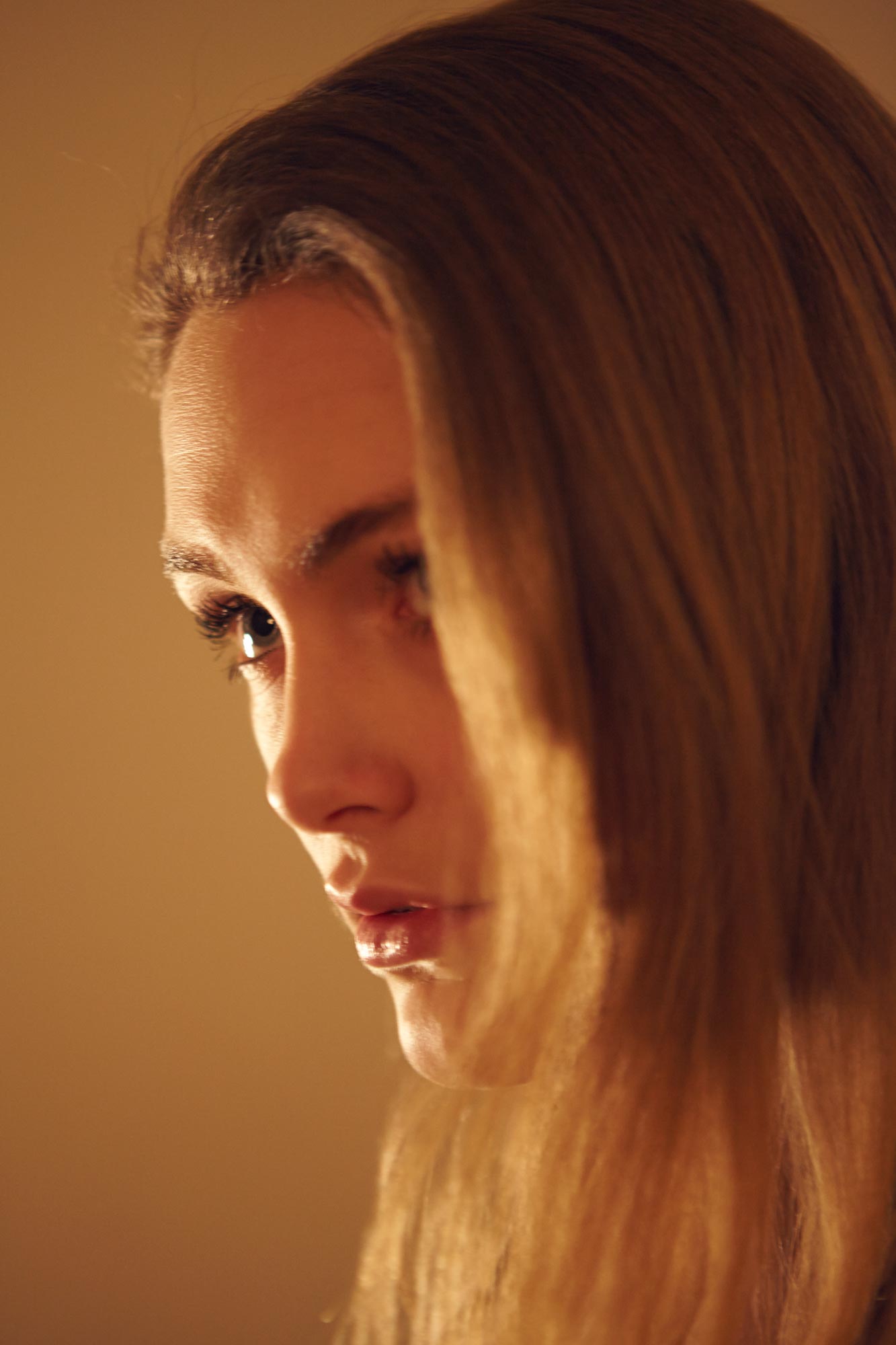
An example of warm studio portrait lighting that is also short lighting
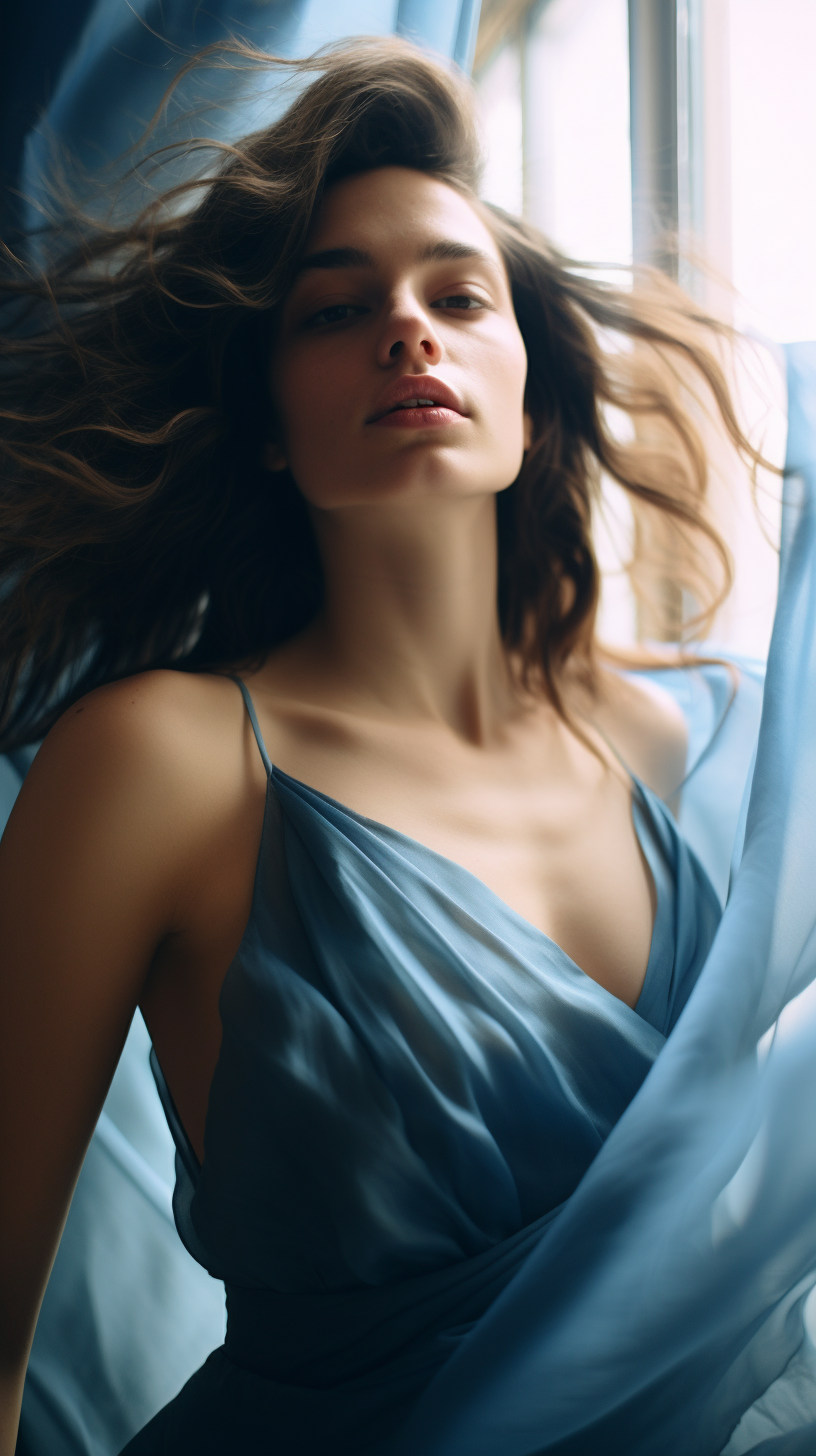
An example of cool light in indoor photography
Deep Dive into CTO and CTB Gels:
Now, let’s shine a light on two magical tools that can transform your lighting game—CTO and CTB gels!
- CTO (Color Temperature Orange) Gels: These gels are your ticket to Warmville! When placed in front of lights, they paint your scene with a warm, orange glow, making everything feel cozy and inviting.
- CTB (Color Temperature Blue) Gels: On the flip side, CTB gels carry you to the land of cool mysteries. They add a cool, blue tint to your lights, making scenes feel calm, serene, or eerie.
Mastering The Balance:
Mastering the balance between warm and cool lighting is like learning a new language—the language of visual storytelling.
- Practice Makes Perfect: The more you play with warm and cool lighting, the more you’ll understand their impact and how to use them effectively.
- Learn and Grow: Explore resources, attend workshops, and learn from seasoned photographers on www.jeff-fried.com/articles to continue honing your lighting skills.
Tips to Remember:
Here are some fun tips to remember when playing with lighting:
Explore Both Extremes: Don’t shy away from experimenting with both warm and cool lighting. Understanding the extremes will help you find the perfect balance for your visuals.
Use Gels: CTO and CTB gels are simple yet powerful tools to shift the color temperature of your lighting. They can be easily placed in front of lights to create the desired warm or cool effects.
Golden Hour Magic: Make the most of the golden hour for natural warm lighting. It’s a favorite among photographers for a reason!
White Balance Wonders: Don’t forget the white balance settings on your camera. A small adjustment can significantly change the mood of your photo or video.
Study and Analyze: Look at other photographers’ and filmmakers' work. Analyze how they use warm and cool lighting to tell stories. Learning from others can be incredibly insightful.
Keep Learning and Practicing: The world of lighting is vast and fascinating. Keep exploring new techniques, reading up on tips at www.jeff-fried.com/articles, and practicing to see what works best for your style.
Feedback is Gold: Don’t hesitate to seek feedback on your lighting experiments from trusted peers or online communities. It’s a valuable way to learn and improve.
Conclusion: Lighting is the heart and soul of photography and cinema. By mastering the dance between warm and cool lighting, and understanding the magic of CTO and CTB gels, you open doors to endless creative possibilities. So, wield the power of light, tell captivating stories, and watch your visuals come alive with emotions!
Buy Some Art
Join Our Exclusive Mailing List for Insider Access to Exciting Updates and Valuable Resources Delivered Directly to Your Inbox